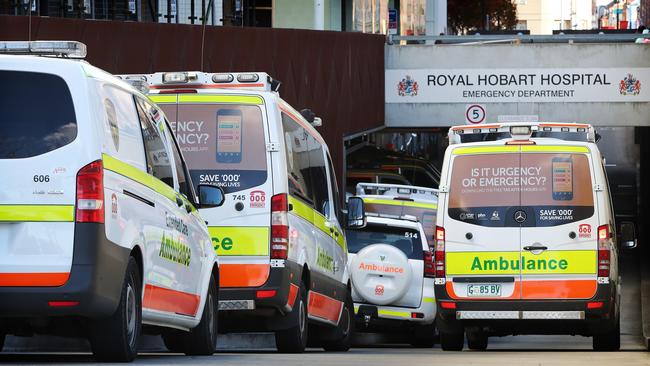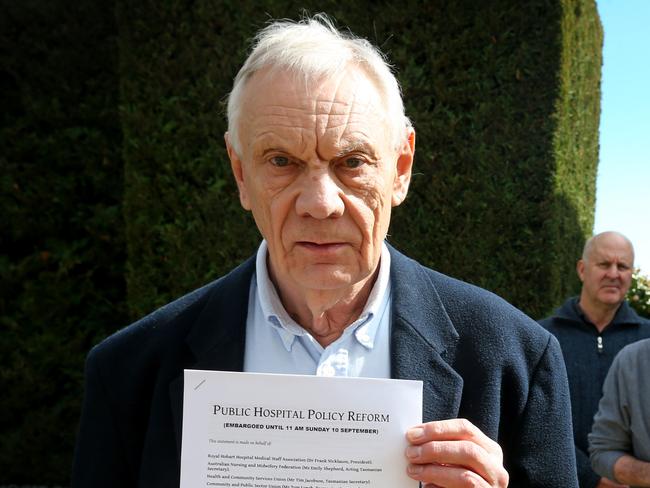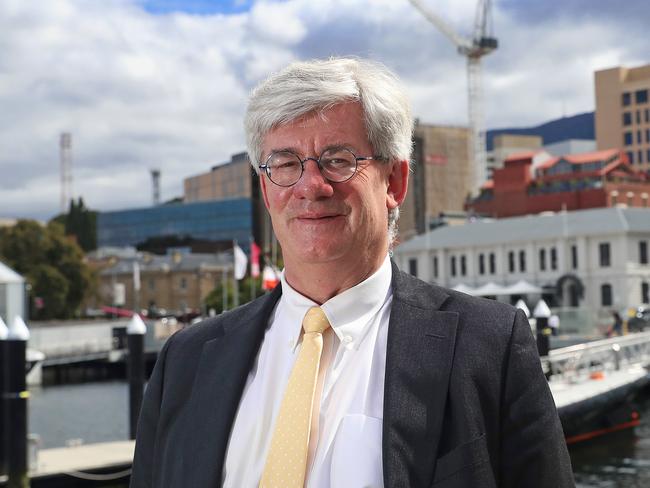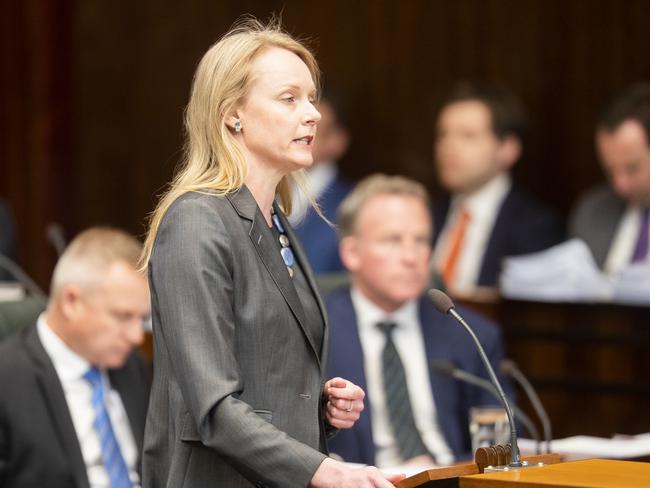Future Tasmania: State’s health system is unable to offer satisfactory care
More than two-thirds of Tasmanians do not have faith in the state’s health system, Mercury polling reveals, but one expert says he is surprised that figure is not higher.
Tasmania
Don't miss out on the headlines from Tasmania. Followed categories will be added to My News.
AN inadequate investment in Tasmania’s health sector has created a system hampered by bed block and long waiting lists, and one which is unable to give satisfactory care to many patients, a policy expert argues.
Meanwhile, a leading economist says the state is spending more per head on health than the national average, but less than estimations suggested it should.
It comes as the Mercury’s Future Tasmania survey found almost 70 per cent of respondents did not have faith in Tasmania’s health system.

Health policy analyst Martyn Goddard said he was surprised the figure was not higher.
“I can’t understand why anyone would have faith in the system as it stands,’’ he said.
Mr Goddard said the issues of bed block and emergency department wait times — particularly at the Royal Hobart Hospital — were an indictment on the Government.
SHOCKING NUMBER OF PATIENTS STUCK IN EMERGENCY
“People are doing their best. There are a lot of very decent people working in that place and they’re working their butts off,” he said.
“The system has been starved of funding for so long that it is working much less efficiently than it was when the Government came to office.”

Economist Saul Eslake referenced the most recent report from the Commonwealth Grants Commission relating to Tasmania’s health spend per head of population for the 2017-18 financial year, released in February.
“In the most recent report, the Grants Commission estimated Tasmania needed to spend $3236 per head on health in order to provide services at the same standard as the average of all states and territories,’’ he said.
“The average spending was $2605 per head, so the Grants Commission reckoned that Tasmania would need to spend $631 per head more than the average to provide the same standard of services as the average.
“Tasmania actually spent $2986 per head on health in 2017-18, that is $381 more than the average of all states and territories, but $250 a head less than the Grants Commission estimated Tasmania needed to spend.”
Mr Eslake said the fact Tasmania was expected to spend more per head was because of its ageing and more dispersed population.
He referenced repeated health budget blowouts, but acknowledged it was a problem facing many jurisdictions.

Health Minister Sarah Courtney said the Government was investing $8.1 billion in the health system over four years.
“We understand there is demand pressure on our hospitals and acute health services, driven by increasing presentations and patient complexity, which is exactly why we are investing to meet these challenges,’’ she said.
“Demand on health services is not isolated to Tasmania, and is a challenge being faced by other jurisdictions.”

Ms Courtney said staffing at the Royal Hobart Hospital’s’ emergency department had been increased, and that there were 110 more paramedics and dispatch officers than five years ago.
She also referenced new initiatives including community rapid response services, training more intensive care paramedics and increased collaboration with private health services.
Ms Courtney said, overall, there were more than 1150 new full-time equivalent staff in the health system than in 2014.
“But we know there is still more to be done and we will keep delivering for Tasmanians,” she said.


